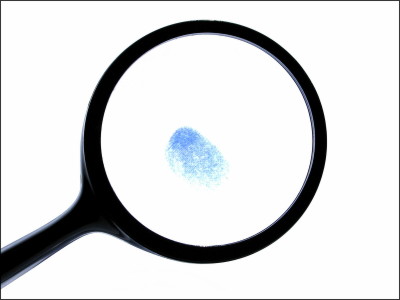It turns out Da Vinci used toxic paints when painting the Mona Lisa

Created by Leonardo da Vinci in the early 16th century, the Mona Lisa is an oil painting on a poplar panel. X-ray and infrared analysis of samples taken from the base layer of the painting have revealed that the paint contained a toxic mixture.
X-ray and Infrared Microanalyses of Mona Lisa's Ground Layer and Significance Regarding Leonardo da Vinci's Palette | Journal of the American Chemical Society

Leonardo da Vinci used toxic pigments when he painted the Mona Lisa - Ars Technica
https://arstechnica.com/science/2023/10/leonardo-da-vinci-used-toxic-pigments-when-he-painted-the-mona-lisa/
Fewer than 20 of Da Vinci's paintings remain, but the Mona Lisa is in unusually good condition given its age and is on permanent display at the Louvre in Paris. Victor Gonzalez, an art researcher at the University of Paris-Saclay and a member of the science department at the Rijksmuseum in Amsterdam , Netherlands, and his colleagues are working to learn more about the materials Da Vinci used in his paintings.
A scientific study carried out in 2020 revealed that Da Vinci used a variety of materials for the surface of the poplar board and the subsequent ground layers of the painting. For example, in ' Madonna and Child with Saint Anne ,' he applied a coating of ' gesso ,' a typical coating of paint from the Italian Renaissance, on top of which he used a white ground layer. On the other hand, in ' La Belle Ferronnière ,' he used an oil-based ground layer made of lead, and it is known that he used different materials for each work.
Gonzalez and his colleagues conducted a more detailed analysis of the Mona Lisa in a 2023 study. Below is an X-ray image of the Mona Lisa, which revealed heavy elements that indicate the use of lead-based pigments or lead-treated oil media on poplar boards. The researchers also concluded that the Mona Lisa did not use gesso as a base layer, but instead used a single layer of lead white , a white paint that has long been used.

In their paper, the researchers wrote, 'From 1485 to 1490, the works known as Da Vinci's easel paintings each have a different type of undercoat. The only thing they have in common is that they are oil-based and contain a lead-based white pigment that Da Vinci called 'Biacca' in his writings.' They also used infrared spectroscopy, which uses infrared light to irradiate the Mona Lisa and obtain a spectrum of the transmitted and reflected light to obtain the characteristics of the object.
As a result, some mixtures were found in the paint of the Mona Lisa, some of which surprised the researchers. For example, a mixture called 'lead acrylate' was found only in Da Vinci's later paintings. In addition, ' blue lead ' was found in the base layer of the Mona Lisa, which is not found in other Da Vinci works. This was often used by the 17th century Dutch Rembrandt van Rijn , so the researchers pointed out that 'it may be evidence that the two artists were working with a common process.'
Combining the discovery of the materials used in the undercoat layer and the study of Da Vinci's notes, the researchers concluded that Da Vinci used lead oxide . According to the paper, lead oxide was also used in recipes for skin remedies, but at the time, it was not known that lead oxide was toxic. Lead oxide particles have been found not only in the Mona Lisa but also in the undercoat layer of 'The Last Supper,' and the researchers wrote, 'It has long been known that Da Vinci was a true experimenter. The type of lead oxide discovered this time is a rare compound that is only stable in an alkaline environment, so we believe it was not used directly. Although there is no solid evidence, it is possible that a material used as a means of drying paint faster could have produced a toxic compound.'
Further research is planned to involve experiments with sample paints to investigate the interactions between the oil-based medium, lead oxide and white lead pigment, and to identify possible chemical reaction pathways that could lead to unusual lead-based compounds.
Related Posts:







